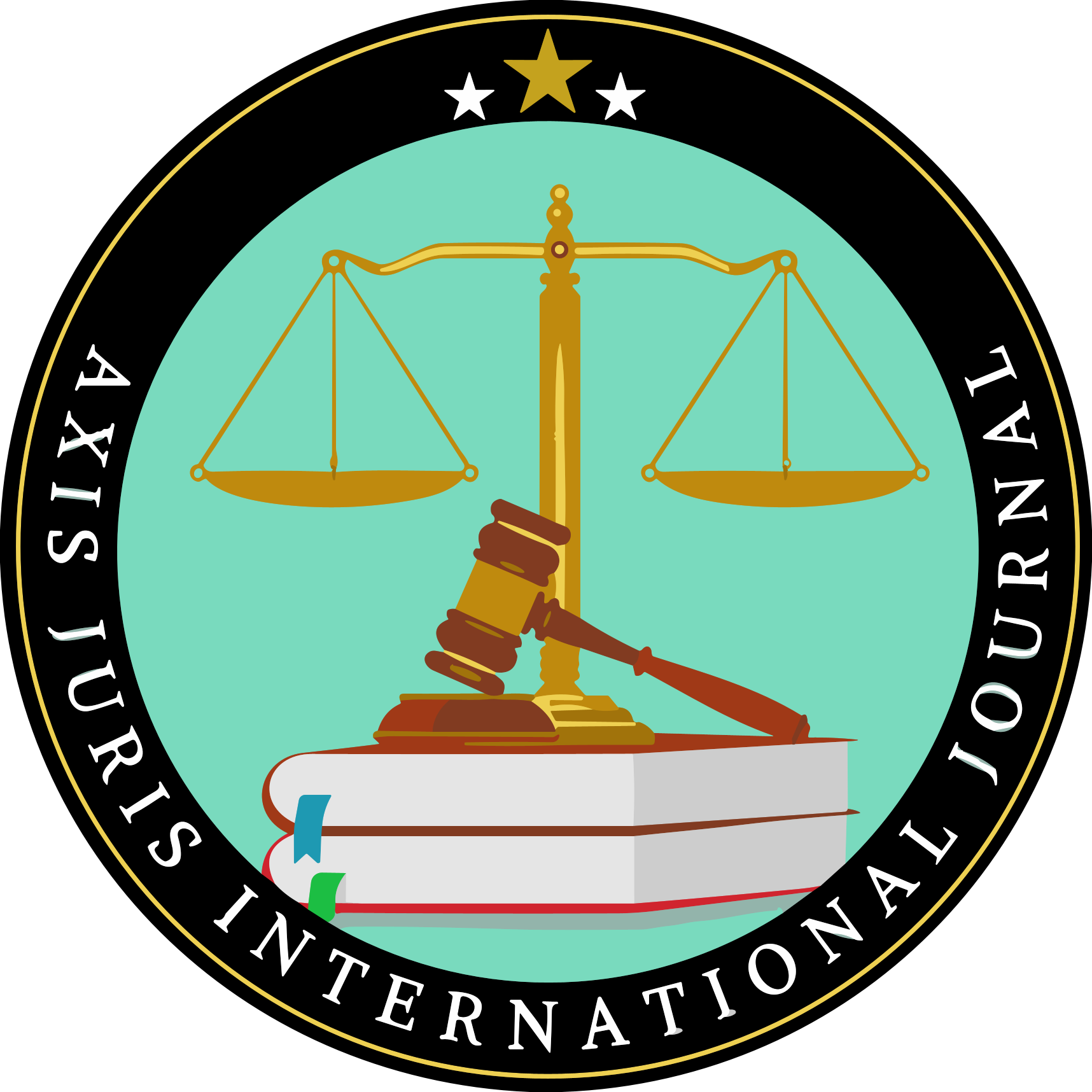AUTHOR’S NAME: Sriyansh Mishra
INSTITUTION - Rani Durgavati University
INTRODUCTION
Corporate law has a rich history that spans centuries, with its origins dating back to the Middle Age. In the year 1200, the legal landscape was vastly different from what it is today. Nevertheless, the foundations of corporate law, such as the concept of the corporation and the need for regulation, can be traced back to this time. This article will help us understand how the corporate law and sector has evolved over the centuries to shape modern corporate governance.
BIRTH OF THE CORPORATION
In the year 1200, the concept of the corporation was in its infancy. The word “corporation” derives from the Latin term “corpus,” meaning body. In medieval Europe, corporations referred to organizations formed by groups of people with a common purpose. These early corporations were often established for religious, charitable, or municipal purposes. For example, universities, religious orders, and towns formed corporations to manage their affairs and resources collectively.
LEGAL STATUS AND GOVERNANCE
Corporations in the 13th century did not have the same legal recognition and protections that modern corporations enjoy. Instead, they were granted charters or royal privileges by monarchs or other ruling authorities. These charters outlined the corporation’s purpose, structure, and the rights and responsibilities of its members. They also provided limited liability protection to the members, shielding them from personal liability for the corporation’s debts.
Governance of these early corporations was typically hierarchical, with a central authority figure or council making important decisions. In the case of religious orders, it was the abbot or abbess who held the highest authority. In the case of towns or municipalities, the mayor or city council played a similar role.
OWNERSHIP AND FINANCING
Ownership of these early corporations was often concentrated in the hands of a select few. In the case of religious orders, it was the clergy and benefactors who held ownership rights. Towns and municipalities were collectively owned by their citizens. Financing was primarily derived from donations, bequests, and revenues generated from the corporation’s activities. Share capital, as we know it today, did not exist.
REGULATION AND ACCOUNTABILITY
Regulation of corporations in 1200 was relatively light compared to modern standards. They were subject to oversight by the religious authorities or the local ruling power, but the rules were often less formalized than today’s corporate regulations. Corporations were expected to adhere to the terms of their charters and fulfil their stated purpose.
Accountability was based on the corporation’s compliance with its charter and the approval of its activities by its governing body. Members of the corporation could be held accountable for misconduct, but the concept of shareholder activism and external regulatory bodies did not exist.
THE EVOLUTION OF CORPORATE LAW:
Over the centuries, corporate law underwent significant transformations. Several key developments shaped the modern corporate legal framework.
1) RISE OF JOINT STOCK COMPANIES:
The 17th century marked the emergence of joint-stock companies in Europe. These companies allowed individuals to purchase shares, which represented ownership stakes in the company. This innovation paved the way for the development of modern corporate finance and shareholder-driven governance. The concept of limited liability for shareholders was also established during this period, encouraging investment in joint-stock companies.
2) INDUSTRIAL REVOLUTION AND CORPORATE GROWTH:
The Industrial Revolution of the 18th and 19th centuries brought about profound changes in corporate law. The increased scale of economic activities and the advent of modern manufacturing required new forms of organization and capital accumulation. Governments responded by enacting laws and regulations to accommodate these changes, including rules for corporate registration, shareholder rights, and financial disclosure.
3) REGULATORY REFORMS:
The 20th century witnessed significant regulatory reforms in corporate law. The establishment of regulatory bodies, such as the U.S. Securities and Exchange Commission (SEC) and the introduction of securities laws, aimed to protect investors and ensure the transparency of corporate operations. These reforms also addressed issues related to antitrust, insider trading, and consumer protection.
4) CORPORATE GOVERNANCE AND SHAREHOLDER ACTIVISM:
Modern corporate governance principles, such as the separation of ownership and control, director independence, and shareholder rights, evolved in response to the need for improved accountability and transparency. Shareholder activism and the introduction of proxy voting gave shareholders a more substantial role in corporate decision-making.
5) GLOBALIZATION AND CORPORATELAW:
In the 21st century, globalization has posed new challenges for corporate law. Multinational corporations operate in multiple jurisdictions, necessitating the harmonization of corporate regulations across borders. International organizations and agreements, like the “World Trade Organization” and international accounting standards, have played a role in shaping the global corporate legal framework.
CONCLUSION
The landscape of corporate law in the year 1200 was vastly different from the complex legal framework that governs corporations today. Early corporations were formed for religious, charitable, or municipal purposes, and their governance was hierarchical and often subject to royal charters. Ownership was concentrated, and accountability was primarily internal.
Throughout the centuries, the evolution of corporate law has been driven by economic and social changes. The rise of joint-stock companies, the Industrial Revolution, regulatory reforms, and globalization have all contributed to the modern corporate legal framework. The development of corporate governance principles, shareholder rights, and regulatory bodies has increased transparency, accountability, and protection for investors.
As corporate law continues to evolve, it must adapt to new challenges brought about by technology, changing business models, and the demands of an increasingly globalized economy. Understanding the historical development of corporate law helps us appreciate the complex and dynamic legal framework that governs the modern business world.
